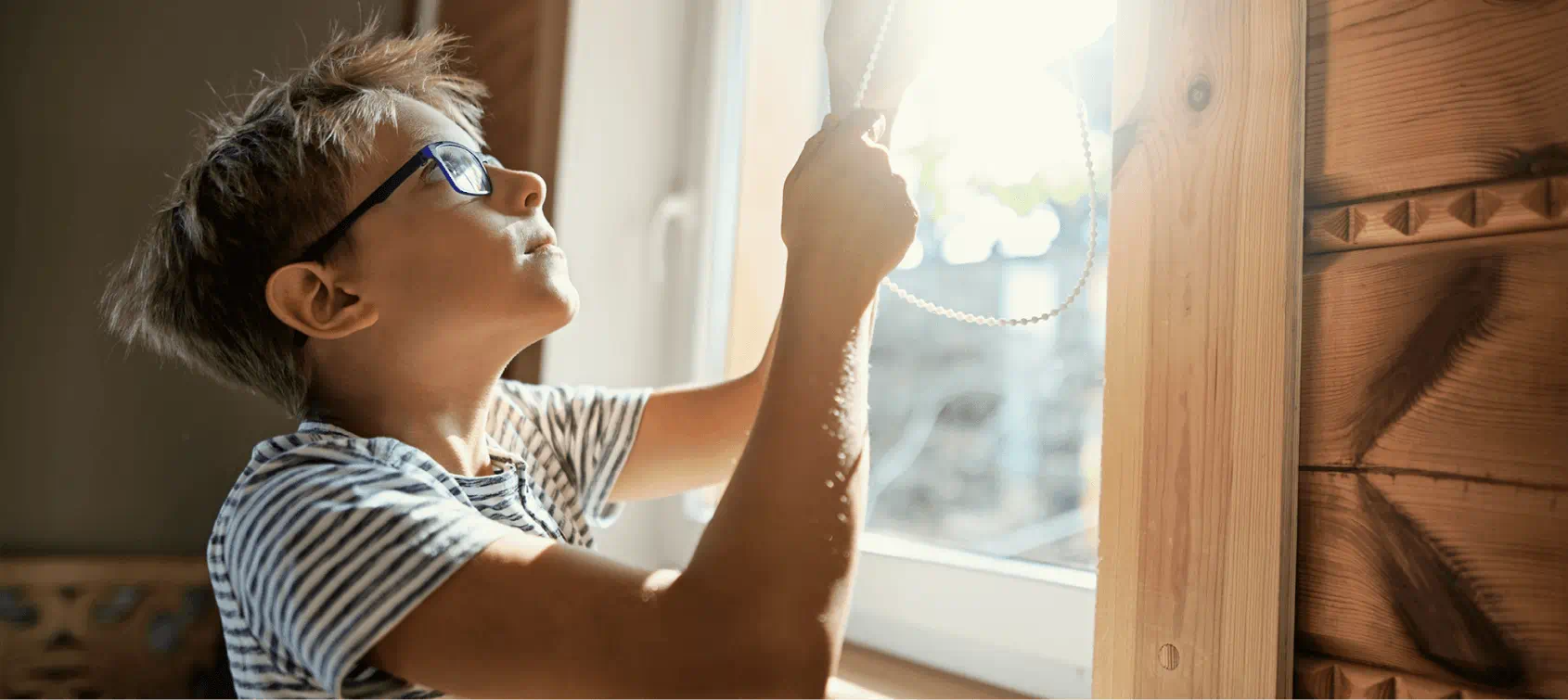Save with energy-efficient insulation

Drafty rooms and rising heating costs are all signs you may have energy escaping. Insulation, combined with air sealing, is an effective way to improve home comfort, reduce costs and lessen your environmental impact. Learn why it’s a smart investment and get rebates to upgrade.
Does my home need insulation? Part 1
What’s the biggest indicator of poor insulation? How can a home energy assessment help? Get answers with part one of our insulation basics videos.
Does my home need insulation? Part 2
What are the most common places air escapes? Watch our quick video to see where to seal and save.
How to stop air leaks
The first step is to find where heat is escaping. A typical home loses more as much as 40 percent of its energy costs through tiny cracks. On a windy day, light an incense stick and hold it near common leak areas. If the smoke flutters, there’s a leak.
Top spots to check
-
Door and window frames.
-
Electrical outlets and switches.
-
Trim and baseboards.
-
Fans and vents.
-
Ceiling fixtures.
-
Fireplace dampers.
-
Attic hatches.
No-cost tips
-
Keep your fireplace damper closed to prevent heat from escaping through the chimney.
-
Clean the tracks on sliding doors to keep them free from dust and debris.
-
Look for dirty spots on ceiling paint and carpeting—this may indicate an air leak.
Low-cost tips
-
Buy door sweeps to skirt door frames and prevent drafts from leaking out from under the door.
-
Caulk around window casings, baseboards, door frames and wood trim.
-
Use expandable spray foam to seal irregular-shaped gaps.
-
Prevent heat loss by using foam gaskets to insulate outlets and light switches.
-
Seal the seams of heating ducts with foil tape to prevent air from escaping.
-
During winter months, use heat-shrink plastic on windows for extra glazing.
-
Use weather stripping around door and window frames.
How-to videos
How much insulation do you need?
Insulation acts as a barrier to help keep warm air where you want it. It’s an investment that pays itself off through energy savings over time.
Insulation effectiveness is measured with an R-value—the higher the R-value, the more you reduce energy loss. Determining which value is right for your home depends on which climate zone you live in. A qualified contractor will help you figure this out.
See how to chooseGet insulation rebates
Attic insulation: get up to $650 back
If your attic has less than 25 cm of insulation, an attic is a good place to start to prevent air from escaping through your roof.
Basement insulation: get up to $1,250 back
An unfinished basement is a prime spot for insulation, which can keep rooms above it more comfortable and prevent moisture damage.
Exterior wall insulation: get up to $3,000 back
If you’re planning to renovate your walls or your home’s siding, it’s worth adding insulation to walls at the same time. Don’t overlook your garage.
Replace windows and doors to take insulation further
ENERGY STAR® certified windows, doors and skylights and up to 40 percent more efficient and designed to reduce energy loss, condensation and outdoor noise.
Get rebates for







